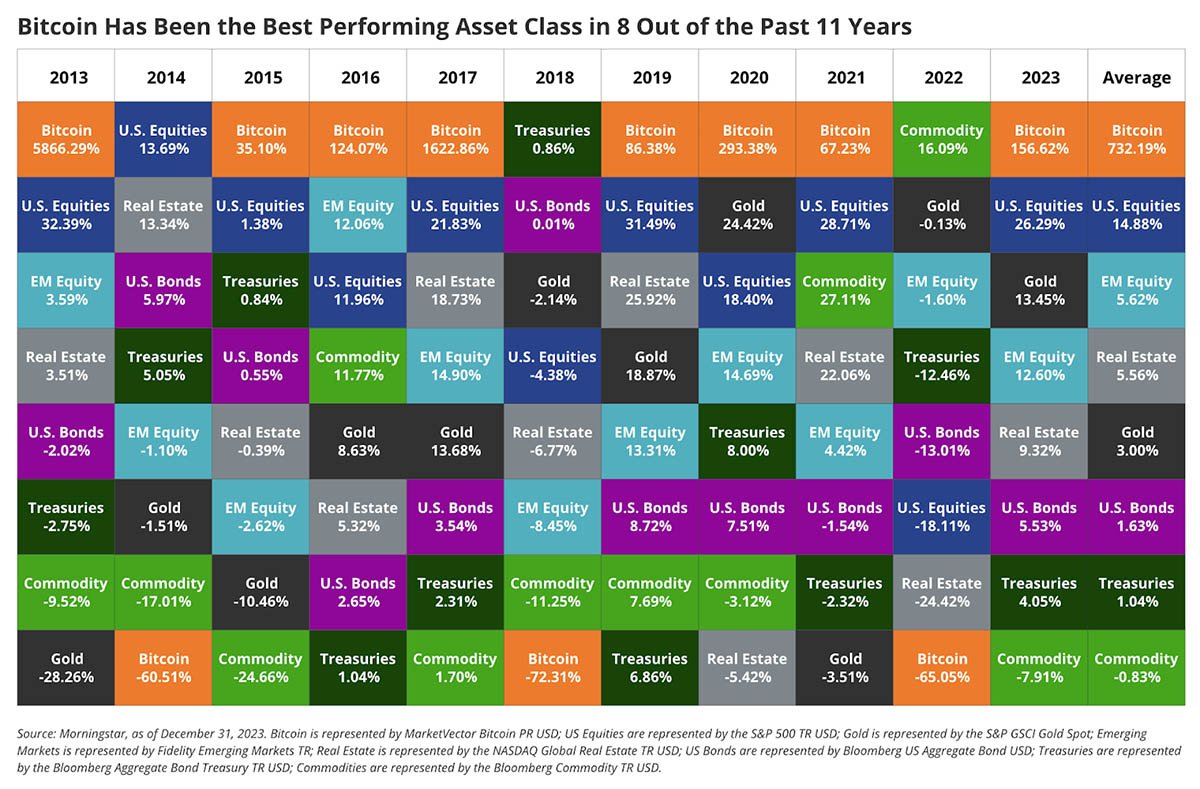When making crucial selections about investments, firm acquisitions, or capital deployment, organizations depend on a basic software: the hurdle fee. That is the minimal fee of return {that a} challenge or funding should obtain to be thought of viable by managers or traders.
The hurdle rate isn’t just a quantity — it’s a filter that separates promising alternatives from people who don’t justify the danger.
It acts as an important benchmark. If the anticipated return on an funding falls under the hurdle fee, that chance is usually rejected.
Setting this fee includes a cautious consideration of a number of elements, together with the corporate’s value of capital, particular threat profile, inflation charges, and alternative value of allocating assets elsewhere.
In essence, the hurdle fee ensures that solely tasks with the potential to create actual worth transfer ahead.
Bitcoin has emerged as a disruptive and compelling candidate for a brand new sort of hurdle fee in capital allocation. Its distinctive properties problem the conventions of conventional finance and invite a brand new thought sample of what’s thought of an acceptable benchmark.
Bitcoin’s fastened provide (capped at 21 million), and its decentralized, borderless nature makes it essentially proof against inflation and debasement, in contrast to fiat currencies that may be printed at will by central banks.
Right here’s the actual query for traders and fund managers: in case your portfolio or fund persistently fails to outperform bitcoin, at what level do you merely begin allocating to bitcoin as an alternative?
This isn’t rocket science. Over the previous decade, bitcoin has not solely outperformed conventional belongings, however has additionally redefined what traders ought to count on at the least acceptable fee.

The numbers communicate for themselves.
From 2013-2023, bitcoin delivered the best annual return in 8 out of these 11 years. This isn’t a fluke or a bubble, it’s a decade-long pattern that calls for consideration from anybody critical about capital development.
Sometimes, most funding managers use the S&P 500 as their benchmark hurdle fee. Will their potential funding generate extra return than the S&P? If not, it’s often dismissed.
Since 1970, the S&P 500 has offered a mean annual return of 10.66%. Funding managers routinely reject concepts that may’t beat this common, recognizing that something much less will not be well worth the threat or effort.
However what occurs after we examine this to bitcoin?
Over the past 10 years, bitcoin’s common annual return has been an astonishing 49%. Whereas it’s unlikely that this fee will persist without end, it’s inconceivable to disregard the magnitude and consistency of bitcoin’s outperformance.
Bitcoin hasn’t simply beat the S&P—it’s outperformed each main asset class, together with gold, treasuries, actual property, commodities, and equities.
In fact, previous efficiency isn’t a assure of future outcomes. So the query turns into: can bitcoin proceed to ship, and are we prepared to make use of it as a benchmark for funding selections?
To reply this, it’s important to know the underlying forces driving bitcoin’s worth appreciation.
A number of macroeconomic elements contribute to bitcoin’s rise, together with money printing, financial uncertainty, and the continuing debasement of fiat currencies.
When governments print cash or run deficits, confidence in conventional currencies erodes. In such environments, traders naturally search scarce belongings, traditionally gold, and now more and more bitcoin.
Think about the present fiscal actuality: the US is burdened with over $36 trillion in nationwide debt, and there’s little indication that the cash printing will cease.
This atmosphere solely strengthens the case for bitcoin as a retailer of worth and as a benchmark for capital allocation. Bitcoin’s endurance is changing into plain.
Those that fail to adapt, threat being left behind. We’re already witnessing the early phases of institutional and company adoption, and it’s solely a matter of time earlier than bitcoin turns into a normal reference level for hurdle charges throughout the funding world.
Visionary leaders like Michael Saylor of Technique, have brazenly mentioned the challenges of outperforming the world’s prime firms.
Saylor acknowledged that in case your funding, firm, or challenge can’t fairly be anticipated to outperform bitcoin, it might be extra rational to easily maintain bitcoin itself.
In a world the place bitcoin has established itself because the premier performing asset, the message is obvious: for those who can’t beat bitcoin, why not be a part of it?
Simply purchase bitcoin.